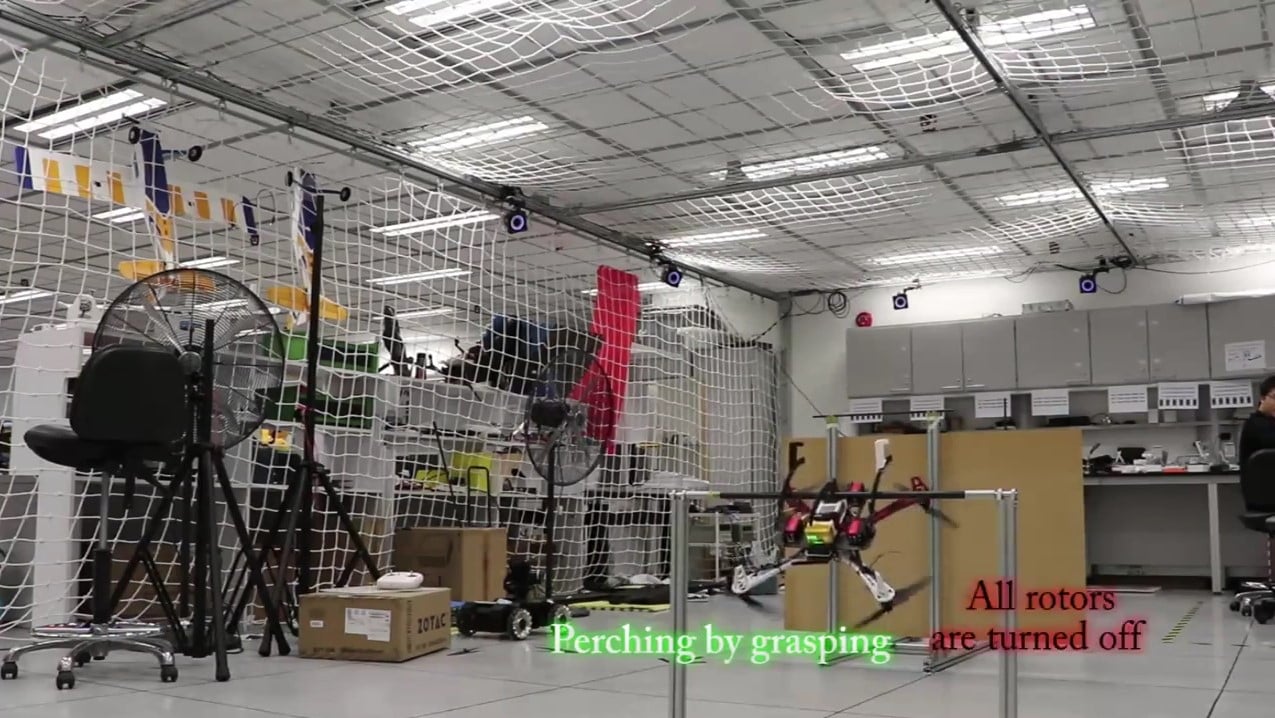Drones are increasing in popularity. Unfortunately, all the joy of shooting videos through a drone disappears fast because they are not known for having long battery life. Drones can’t be charged wirelessly from the ground, but researchers might have developed a bird-inspired improvement to extend the battery life of drones past the modest hour most currently have.
Drones are used for various purposes. Firefighters often use them to locate hot spots so they can know where to focus their efforts in putting out a blaze. Environmental workers use them to find the source of dangerous chemical leaks. Drones are growing in popularity as a transport device too. However, the battery life of drones still hasn’t been worked out. Powering four mini helicopter blades on a quadcopter drone can be extremely challenging, and even the most powerful batteries can’t keep it up and running for much longer than 30 minutes.
An international team of roboticists and scientists came up with the idea to extend the battery life of a drone by using ideas inspired by birds. They developed bird-like claws which can grip tree branches or poles. Now a new study suggests these claws could enable drones to keep running much longer.
“Birds usually fly somewhere and they stay at the top of the roof or some tree branches,” Yale roboticist and researcher Kaiyu Hang told NPR.
Hang and his team came up with the idea for a bird-inspired design which can be attached to a drone and will work as “modularized landing gears,” according to their paper published in the journal Science Robotics.
“We have developed a modularized landing gear framework that allows the drone to not only perch on some structures but also rest on some structures when perching is not possible,” Hang said.
The claws extend and extend the drone’s battery life, because it can stop and rest. Researchers believe the modular claws will not only extend the battery life of drones but also have many other benefits.
“If you perch, for example, underneath a bridge or underneath the eaves of a building you can ride out storms or bad weather that would make it hard to fly,” Stanford University Professor Mark Cutkosky told NPR.
There are still some drawbacks to the new landing system. Drones are lightweight, which makes them excel at agile flight, but the claws add up to the weight and reduce its mobility. More energy is required to stay afloat, which brings them back to the original problem they were trying to solve.
“So there had better be a good trade-off in terms of really improving mission time in order to pay for that added weight,” Cutkosky said.
Currently, the drone‘s operator must fly it to the perching site and land it, but ideally, the drone will be able to eventually land on its own.





